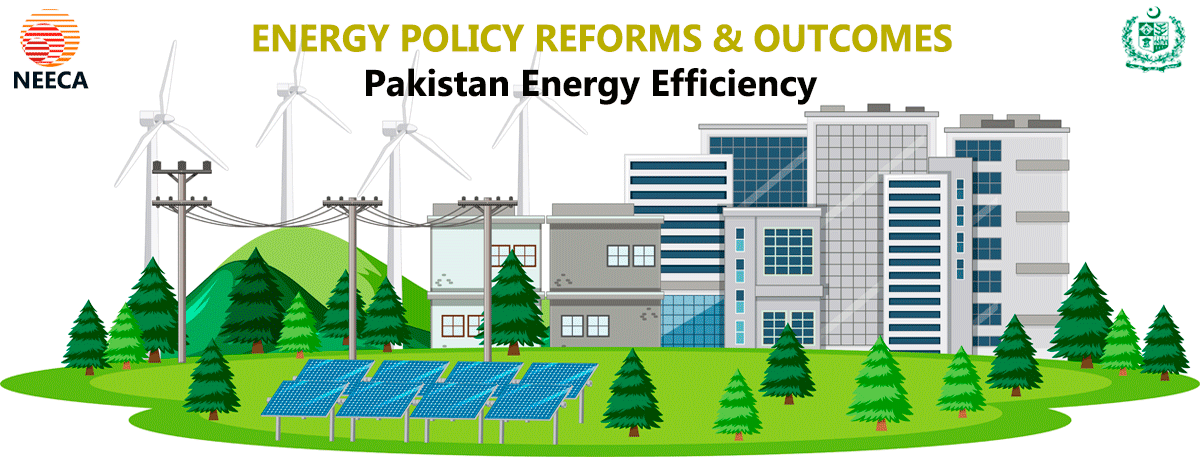Pakistan’s economy appears to be on the verge of collapse. The country’s economic problems, particularly the fuel crisis, appear to be finally affecting ordinary citizens. Although Pakistan has been dealing with such issues for a long time, the situation appears to be apocalyptic for ordinary citizens this time.
The power crisis has worsened to the point where orders have been issued for the early closure of shopping malls and markets. Pakistan barely has enough oil, gas, and electricity to keep its basic infrastructure operational. The Pakistan cabinet recently approved the ‘National Energy Conservation Plan’ to save energy in order to deal with the power and fuel crisis.
The fuel crisis in Pakistan is a result of a variety of factors, including a lack of foreign currency to import oil, a shortage of storage facilities, and inadequate refining capacity. The crisis has led to long lines at gas stations and fuel shortages, which has caused economic disruptions and inconvenience for the general public. The government has taken several measures to address the crisis, such as increasing prices and implementing rationing, but the crisis has yet to be fully resolved.
What is causing the fuel crisis in Pakistan?
The fuel crisis in Pakistan is caused by a combination of factors, including a shortage of foreign currency to pay for imported oil, technical issues at refineries, and problems with distribution. Additionally, Pakistan has been facing a budget deficit and has been unable to pay for the fuel it needs to meet demand. The Government has been trying to overcome this crisis by increasing the prices of fuel and reducing subsidies.
There are several potential solutions to the fuel crisis in Pakistan, including:
Increasing domestic oil production through exploration and development of new oil fields.
Reducing dependence on imported oil by promoting the use of alternative energy sources such as solar, wind, and hydroelectric power.
Improving energy efficiency in industries and households to reduce overall demand for fuel.
Encouraging conservation and the use of public transportation to reduce individual consumption of fuel.
Developing a strong storage and distribution infrastructure to avoid any shortages
Implementing fuel pricing reform to ensure market-based pricing and reduce subsidy burden on government.
Encouraging private investment in the fuel sector and removing red tape and corruption that can discourage investment.
Government can also explore importing LNG, CNG or other alternatives to help bridge the gap of supply and demand.

